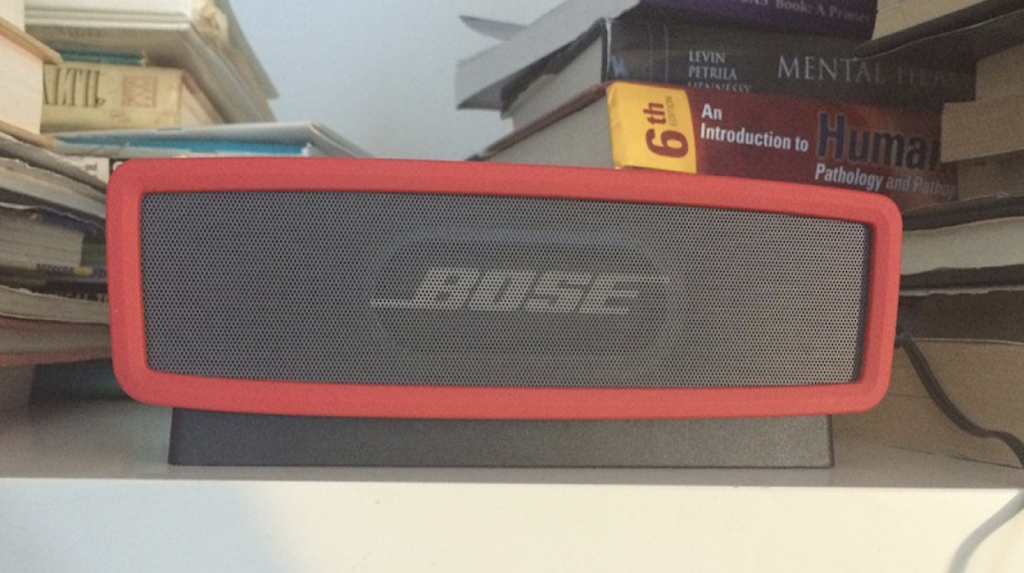Amar Bose started the Bose Company in 1964 with angel investor funding from his thesis advisor. Bose became interested in creating a better sound experience almost a decade earlier when he purchased a stereo system and felt disappointed with its performance. He believed he could create a better product and set out to do so.
The Bose Company sold its first product in 1966, a multi-speaker set that directed sound towards walls to give people the feeling of being in a concert hall. The speaker set known as the Bose 2201 did not perform well with consumers, causing the company to discontinue its production after three years.
Bose’s Next Product Was a Success
Undaunted by the failure of the Bose 2201, Amar Bose created the Bose 901 stereo system in 1968. The company’s latest stereo speaker system used eight drivers in the mid-range that directed sound towards the wall behind the speaker. A ninth driver pushed sound towards the listener. Bose’s first successful product remained on the market for 47 years, discontinuing only five years ago in 2016.
Bose Enters the Hearables Market
Wearable health technology began advancing at a rapid pace towards the start of the last decade. Fitbit, which started as a wristwatch that counted people’s steps, is perhaps one of the earliest and most well-known of wearable health technology. However, it was not long before the hearables market also developed. Hearables are not medical-grade hearing aids but rather technology that can help to amplify sound and make it clearer.
Bose released its first hearables product the same year it discontinued its nearly half-century run of Bose 2201 stereo speakers. The company called the product Hearphones and marketed it as a type of hearing assistance device to use with telephones. Hearphones were the first official hearing aid headphones produced in the United States. The device plugged into a smartphone to help users with mild to moderate hearing loss have a better listening experience.
The Bose Company created Hearphones as an adaptation to an earlier version of noise-cancelling headphones called QuietControl 30S. Both Hearphones and QuietControl 30S allowed users to block unwanted background noise, but the newer product was a step up because they could also control which sounds to allow through a filtering system. Hearphones users could select which direction they wanted to sound to enter the device as well.
Bose discontinued producing Hearphones sometime in 2020. The company never made a formal announcement but did confirm the discontinuation when asked about it from a forum user.
SoundControl Hearing Aids by Bose
In early May 2021, Bose announced that the development of an over-the-counter hearing aid for adults with mild to moderate hearing loss. The SoundControl product does not require a prescription and retails for $850. Consumers will be able to start purchasing them from the Bose Company directly on May 18, 2021.
People who feel they could benefit from amplification customize their SoundControl hearing aids with help from an Android or iOS phone application. The app-based hearing test takes approximately one hour to complete, and Bose claims the results are the same quality people would receive from an audiologist. Users can also use their app to fine tune and troubleshoot the hearing aids.
While these new hearing aids can perform a lot of functions, they do not allow users to make phone calls or stream Bluetooth audio. The device does come with a feature that enables people to amplify quiet sounds while turning down loud ones and only focus on sounds directly in front of them.
Hearable Alternatives Beyond BOSE
Nuheara developed its first IQbuds hearables product in late 2017 and improved upon it a few years later with the IQbuds BOOST and then MAX products. A comparison of the BOSE Hearphones versus the IQbuds² MAX product showed the similarity in functionalities.
IQbuds² MAX are lightweight wireless earbuds weighing just over half an ounce while the larger BOSE Hearphones weigh two and one-quarter ounces. The Nuheara earbuds fit directly into the ear canal like hearing aids. With the Hearphones product, users wear earpieces connected to a wire and yoke that sits around their neck.
Another differentiating feature of the Nuheara earbuds compared to the Bose Hearphones is that the earbuds automatically calibrate to the user’s hearing profile on each side based on the preliminary ear identification setup. Hearables required individual adjustment of each earpiece via a smartphone application.
Now that Bose has discontinued Hearables and recently released SoundControl over-the-counter hearing aids, it appears to be taking more direct aim at the traditional hearing aid market.
Only time will tell how consumers react to the growing numbers of options in the open marketplace.




